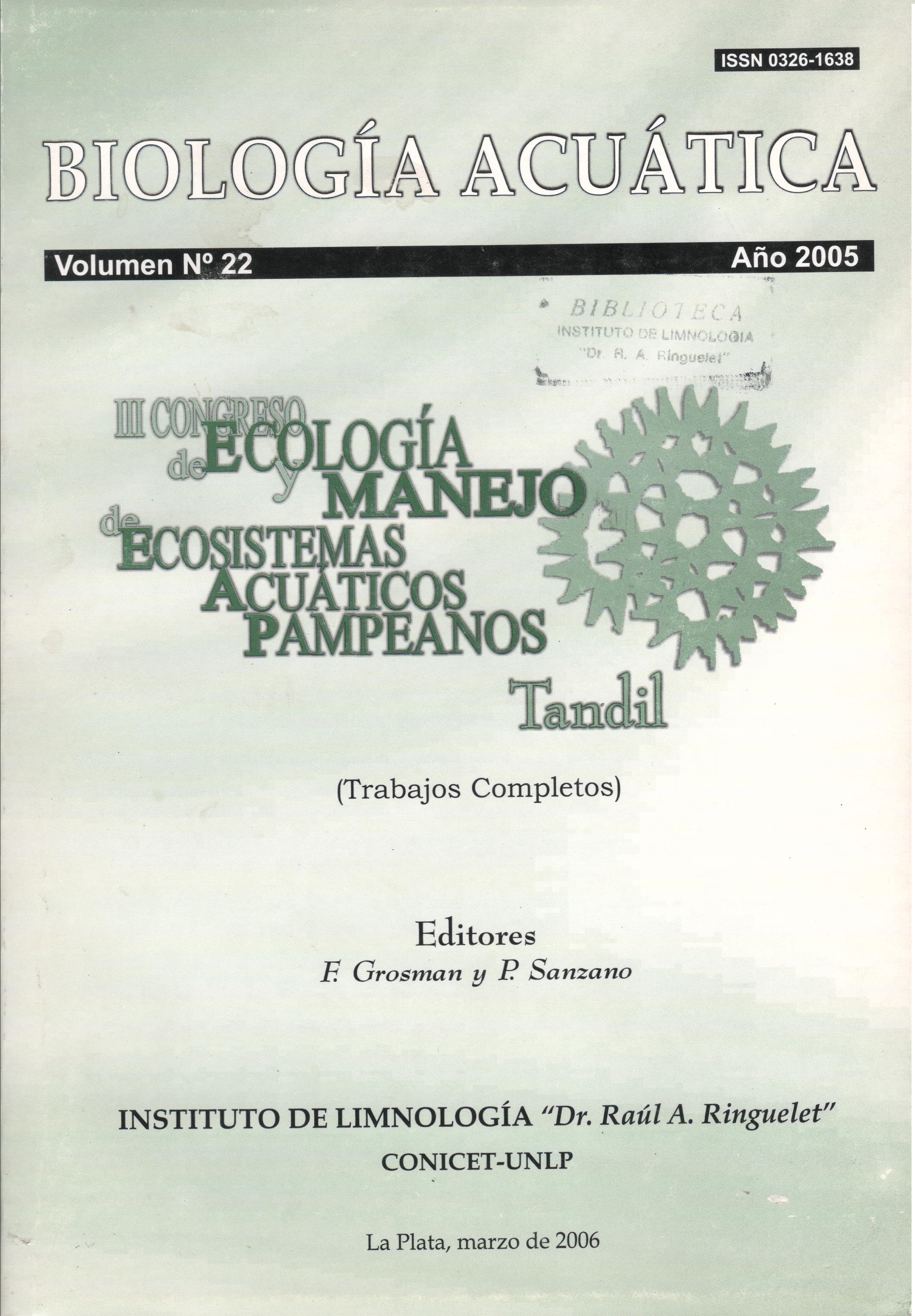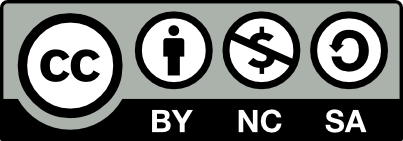Muestreo intensivo de parámetros físico-químicos en dos sitios de la cuenca inferior del río Salado (provincia de Buenos Aires): estudio comparativo
Palabras clave:
muestreo intensivo, parámetros físico-químicos, sólidos suspendidos, cuenca baja río SaladoResumen
Dredging works in several sectors of Salado River are probably the most important activity of disturbance in a pampean aquatic ecosystem, with implications in a RAMSAR site (Samborombón Bay). The interventions are taking place in the lower basin and considered as a reference of disturbance for future and major works as the dredging of almost 100 km of the Salado River main channel. Physical and chemical conditions were analysed in two sectors: upstream (El Destino, ED) and downstream (Guerrero, G) of La Postrera. This study was done before and during the extraction of a river restriction and the old bridge replacement. Samples were collected during 18 weeks (3/04-7/04) (2 or 3 times/week). Each sample was the result of the water sample integration on a transversal transect of the stream. The physical and chemical parameters measured «in situ» were: pH, conductivity, turbidity, dissolved oxygen, temperature and salinity. Fractions of phosphorus and suspended solids were analysed. The simulation of different sampling frequencies showed that variables related to physic environment (temperature, conductivity and pH) can be explained by monthly and biweekly sampling. On the other hand, the main variations of total phosphorus, suspended solids and turbidity can be only explained by the daily sampling. Suspended solids concentration was higher upstream (mean: 0.12 g.L -1 ) than downstream (mean: 0.10 g.L -1 ). Maximum mean phosphorus concentration values were reached at ED. Soluble reactive phosphorus concentrations were similar at both river sectors (305.81 and 307.08 μg.L -1 in ED and G, respectively). Conductivity diminished from 6,770to 2,530 μS.cm -1 due to the discharge increase. Total particulate phosphorus, suspended solids and turbidity increased at ED and diminished at G. The dredging works in moments of low waters, and taking care of the extracting material location, as recommended the environmental management techniques, did not affect sediment transport through the river. The phosphorus concentration differences between both river sectors could be by the settlement processes in La Tigra Lake and the availability of this nutrient to the phytoplankton and macrophytes.






















